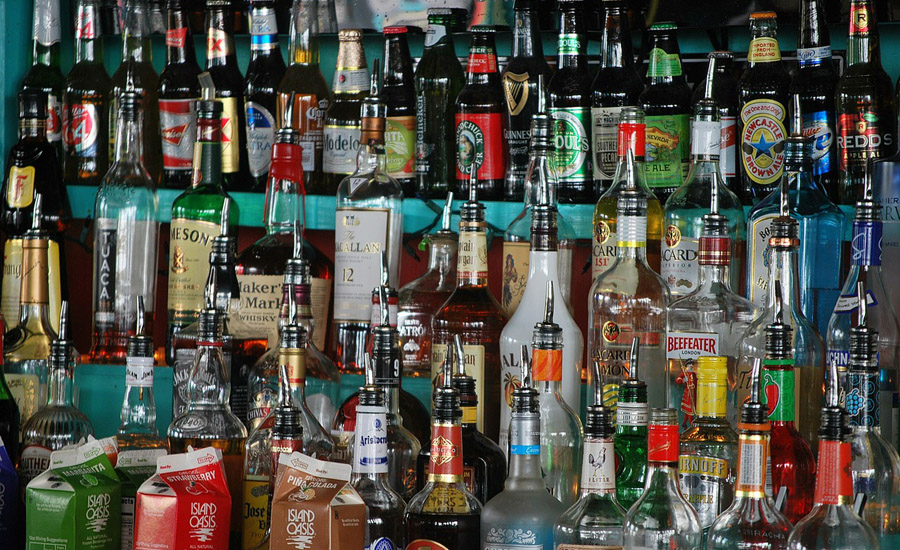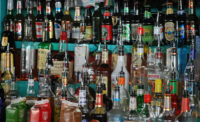One in 10 pregnant women in the United States reports drinking alcohol

One in 10 (10.2 percent) pregnant women in the United States ages 18 to 44 years reports drinking alcohol in the past 30 days. In addition, 3.1 percent of pregnant women report binge drinking – defined as 4 or more alcoholic beverages on one occasion. This means that about a third of women who consume alcohol during pregnancy engage in binge drinking according to a report in CDC’s Morbidity and Mortality Weekly Report (MMWR).
"Not worth the risk"
“We know that alcohol use during pregnancy can cause birth defects and developmental disabilities in babies, as well as an increased risk of other pregnancy problems, such as miscarriage, stillbirth, and prematurity,” said Coleen Boyle, Ph.D., director of CDC’s National Center on Birth Defects and Developmental Disabilities. “This is an important reminder that women should not drink any alcohol while pregnant. It’s just not worth the risk.”
Fetal alcohol spectrum disorders (FASDs) are a group of conditions that can occur in a person whose mother drank alcohol during pregnancy. FASDs are completely preventable: if a woman does not drink alcohol during pregnancy, her child has zero risk of an FASD
The study used data from CDC’s Behavioral Risk Factor Surveillance System (BRFSS), a state-based, landline and cell phone survey of the U.S. population. To estimate the prevalence of alcohol use and binge drinking, researchers used 2011-2013 BRFSS data for all 50 states and the District of Columbia for women aged 18-44 years.
Among pregnant women, alcohol use was highest among:
- Those aged 35-44 years (18.6 percent);
- College graduates (13 percent); and
- Unmarried women (12.9 percent).
For comparison, 1 in 2 (53.6 percent) non-pregnant women in the United States aged 18 to 44 years reports drinking alcohol in the past 30 days and 18.2 percent of non-pregnant women report binge drinking. Among women who reported binge drinking in the past 30 days, pregnant women reported a significantly higher frequency of binge drinking than non-pregnant women (4.6 and 3.1 episodes respectively).
The prevalence of any alcohol use and binge drinking among pregnant and non-pregnant women is slightly higher than estimates reported for 2006-2010. However, this is likely due to methodological changes to the BRFSS in 2011, such as the addition of cell phone surveys, rather than actual shifts in the prevalence of alcohol use.
No safe level
“Women who are pregnant or might be pregnant should be aware that there is no known safe level of alcohol that can be consumed at any time during pregnancy. All types of alcohol should be avoided, including red or white wine, beer, and liquor,” said Cheryl Tan, M.P.H., lead author of the study and an epidemiologist in CDC’s National Center on Birth Defects and Developmental Disabilities.
CDC works to prevent alcohol-exposed pregnancies and FASDs through a variety of activities including:
- Tracking alcohol use among women of reproductive age in the United States;
- Supporting the implementation of evidence-based interventions to reduce risky alcohol use and alcohol-exposed pregnancies, including through alcohol screening and brief interventions and the CHOICES program;
- Collaborating with FASD Practice and Implementation Centers and national partners to promote practice changes among healthcare providers in the prevention, identification, and management of FASDs;
- Promoting effective interventions for children, adolescents, and young adults living with FASDs and their families; and
- Offering FASD-related educational information and materials for women of reproductive age, healthcare providers, and the general public.
For more information about FASDs, please visit www.cdc.gov/fasd.
Looking for a reprint of this article?
From high-res PDFs to custom plaques, order your copy today!





